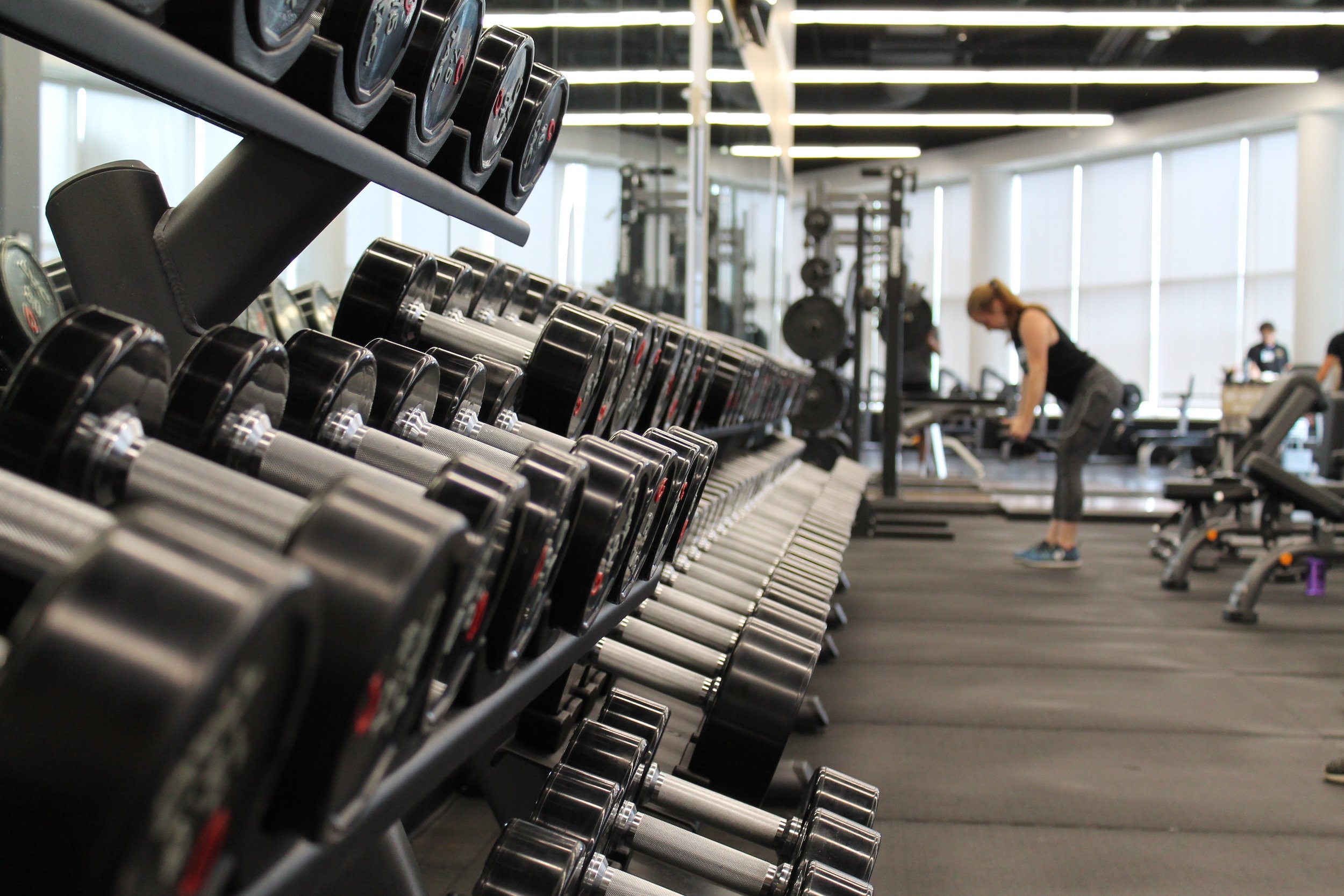How to Make HIIT Work
How do I work a HIIT workout?
When I started getting certified to train people, I got certifications in the modalities of fitness that interested me. The first being CrossFit.
Back in the day, the components of CrossFit were unheard of to the majority of the population. The biggest of these being the utilization of HIIT in a workout routine.
Over the years, with the popularity of CrossFit and HIIT workouts growing, HIIT is one modality of fitness I train on a consistent basis.
It is also, arguably, the one that intimidates people the most. There’s hesitance to try it because it looks cool but also scary as hell, and the general thought of getting that uncomfortable during a workout doesn’t endear us to do the workout.
Buuutttt…while there’s great science behind its benefits, there’s also strategy behind how to start it.
Here’s what I notice:
If you’re new to it, it’s intimidating AF. You see those people making the burpees look easy and you’re like “well, that’ll never be me”.
That breathless feeling sucks. You either come to love it or hate it but there’s often no in between.
A lot of people train HIIT incorrectly. This is what I mean:
You get into the interval and you push super hard right from the start, gassing yourself out in the first 10ish seconds. That makes you want to take a break, and when you do that, you’re not utilizing the interval in the way it was intended.
HIIT work is not intended for you to break until the break is written in. You gotta earn that rest girl.
Here’s my Top 3 Tips for Pacing Yourself During a HIIT Workout for Optimal Results:
Find a comfortably uncomfortable pace. That’s the pace where you don’t feel like you need to take a break 15 seconds in but you do feel like you’re pushing your limits.
Choose the appropriate weights. Heavy enough to challenge you and not so light that you feel like you’re breezing through the work.
Take advantage of the rest. That’s why it’s written in. For you to use it to recover your breath and your heart rate so you can push just as hard on the next interval.



